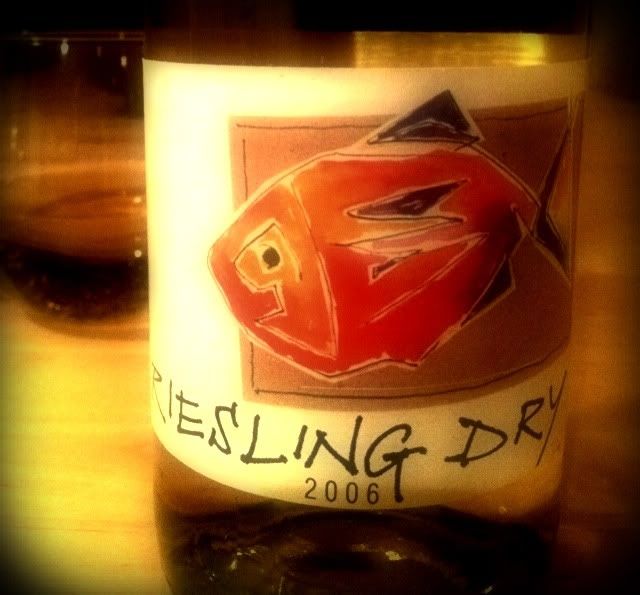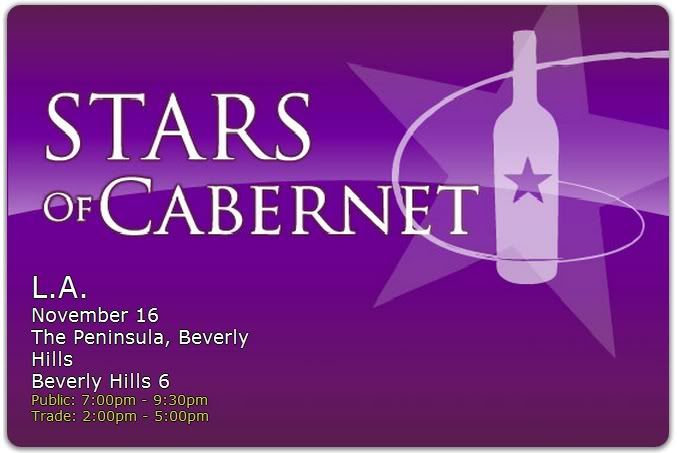Thanksgiving is the wine-drinkingest day of the year in America. Pity those poor Pilgrims, piled up on Plymouth rock with nothing more than pumpkin beer to help them celebrate themselves.
Today, we have wine, glorious wine, to help bring out the 1,001 flavors on the Thanksgiving spread. Some folks wring their hands and wipe their fevered brow over what to put in the empty wine glasses. It doesn't have to be that hard.
In these liberated times, old-line wine rules are embraced by fewer people than ever, as the new guard advises "drink what you like." It's the best advice I can give you, too. But, if you'd like a little guidance as to which aisles of the wine store to navigate for Thanksgiving, here it is.
The most important feature to consider for your Thanksgiving wine is acidity. That's what really makes a wine food-friendly and helps it to pair well with all the different flavors on the table. Acidity is most important for white wines, while in red wines the tannins are usually what make them pair well with food, particularly food that's full of protein and fat, like meat and cheese. Too much tannic structure, though, can make a wine overpowering. You still want some acidity with red wines, too. For a big meal like the one you may have planned for Thanksgiving, you may want to concentrate on higher acidity and lower tannins for the reds. That will make the wine lighter and easier to drink while you're gorging on all that good food.
White wines which generally sport nice acidity include dry Riesling, Sauvignon Blanc - including Sancerre from France's Loire Valley - Roussanne and Chenin Blanc.
Reds which tend to have nice levels of acidity include Pinot Noir - particularly Burgundy -Tempranillo, Sangiovese, Syrah and Grenache. Zinfandel and Cabernet Sauvignoncan work, too, but they can be quite high in alcohol, particularly California versions. Try to keep an eye on the alcohol content - it's a long feast.
I think it's a great idea to have a few bottles of rosé on hand, especially for those leftover turkey sandwiches you'll be enjoying the rest of the long weekend.
For dessert, Sauternes is a great choice if you really want to make an impression, although they can be a bit pricy. A late harvest wine will probably show the sweetness you want while also coming through with some acidity.
Sparkling wines make a festive occasion even more so. You can spring for Champagne, or shop for bargains with a nice Prosecco (Italian) or Cava (Spanish) sparklers.
If you'd like some specific recommendations, allow me to cite a few I wouldn't mind having on my Thanksgiving table. These are all wines I've encountered during the past year or so.
White Wines
Riesling
Dr. Konstantin Frank Finger Lakes Riesling 2009 - New York's Finger Lakes region is known for their Riesling wine. $13
Chateau Ste. Michelle Dry Riesling 2008 - This Washington state winery is the biggest seller of American Riesling. $8
Sauvignon Blanc
Hippolyte Reverdy Sancerre 2009 - Flinty minerals and razoer blade acidity. $21
Stepping Stone by Cornerstone Sauvignon Blanc Cuveé Musqué 2010 - Very aromatic, with a bracing acidity. $15
Bogle Sauvignon Blanc 2010 - A little spiciness shows on the apple flavors. $9
Roussanne
Domaine de la Becassonne Cotes du Rhone 2009 - I bought this at random when it was the only Roussanne in the wine store while I was shopping for one. It was a great buy. If you are not into dessert wine, this would work well with your pumpkin pie, by the way. $13
Stolpman L’Avion Santa Ynez Valley 2008 - The floral nose attracts, the acidity serves. $34
Bonterra Vineyards 2006 - Organically farmed Roussanne from northern California. $21
Chenin Blanc
Dry Creek Vineyards Chenin Blanc 2008 - Great acidity and Meyer lemons mark this Clarksburg white. $13
Pine Ridge Chenin Blanc-Viognier 2010 - Slight off-dry, but with nice acidity. $12
Foxen Chenin BlancErnesto Wickenden Vineyard “Old Vines” 2010 - Great minerality goes on forever. $22
Red Wines
Pinor Noir
Row Eleven Vinas 3 Pinot Noir 2009 - Cranberry flavors, fairly low alcohol and a nice minerality. $20
Fess Parker Pinot Noir Parker Station 2009 - A good Pinot for how much? $12
Riverbench Mesa Pinot Noir 2009 - Great acidity and minerals. $48
Tempranillo
Beronia III a.C. 2004 - described as a "Super Rioja," blending Tempranillo, Graciano and Mazuelo grapes. Pepper, leather and tobacco notes adorn the cherry fruit. $62
Four Brix Winery Temptress - This Ventura County producer uses Central Coast grapes in this blend of Tempranillo, Mourvèdre, Grenache, Petite Sirah and Zinfandel. $28
Protocolo Tinto 2008 - This bargain producer is getting some notice for their quality. $9
Sangiovese
Frescobaldi Nipozzano Chianti Riserva 2007 - A table full of aroma and flavor in a bottle. $20
Niner Wine Sangiovese, Bootjack Ranch 2008 - A fun taste that brings candy to mind, with the acidity needed for the meal. $24
Palmina Alisos Santa Barbara County 2009 - Sangiovese and Merlot made for the table. $30
Syrah
Frey Syrah 2009 - One of the best Syrahs I’ve had. $14
Holus Bolus Octobrist Santa Ynez Valley Syrah 2006 - This wine made my Valentine lunch special, and it can do the same for any meal. $26
Happy Canyon Vineyards Chukker 2009 - OK, so there’s only a smattering of Syrah in this mainly Cabernet Franc/Merlot/Cabernet Sauvignon blend, but I think it’s a great choice for the holiday meal. A little like Beaujolais Nouveau, but with more punch. $13
Grenache
Verdad Rosé Sawyer Lindquist Vineyard, Edna Valley 2009 - I had this Grenache rosé at Thanksgiving last year, and it was great with the turkey and stuffing. $16
Borsao Tinto 2009 - A really amazing Spanish Garnacha, considering the price. $8
Guigal Gigondas Rouge 2007 - Full-bodied and luscious. $28
Dessert
Roxo Port Cellars, Paso Robles - These folks craft some delicious Port-style wine from various grapes varieties grown in California.
Eden Vermont Ice Cider - I discovered this little jewel from the northeast as part of my Wine Country series. Amazing stuff.
Santa Julia Tardio - Argentine Torrontes and Viognier, all late harvest. Very sweet with a very clean finish.
Sparkling
Il Conte D’Alba Stella Rosa Imperiale Moscato - It’s on the sweet side, but it’s bubbly and delicious. It’s Italian, but marketed by San Antonio Winery in downtown Los Angeles. $9
South Coast Winery Brut 2007 - A very aromatic sparkler from Temecula. $18
Segura Viudas Brut Reserva NV - This Cava is easy to drink, and easy to find. $10
Korbel Sweet Rosé NV - Lip smacking good and light on alcohol. $12
For this holiday in particular, it might be nice to serve something from the area where Thanksgiving began, New England. I can recommend mead from New Hampshire, apple ice cider from Vermont, a hybrid blend from Cape Cod and, soon, several other wines from Massachussets, all discovered in the Now And Zin Wine Country series.

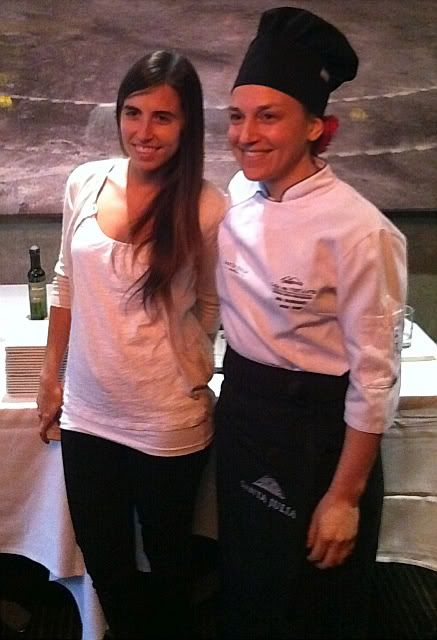
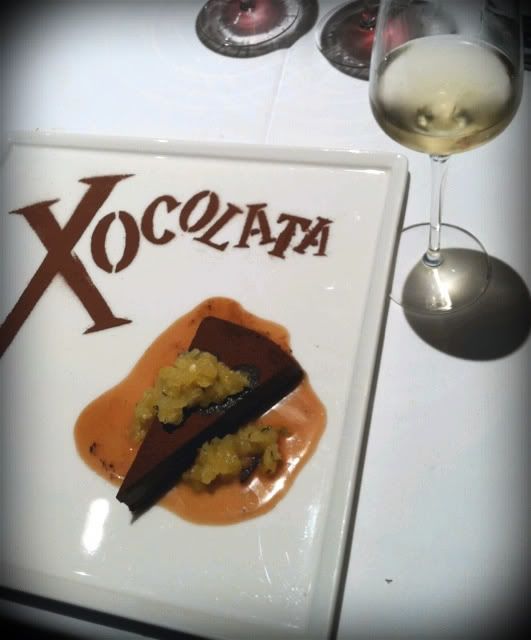 As good as the preceding culinary delights were, the hit of the lunch had to be the dessert - a beautiful presentation of chocolate torte with drunken pineapple. The pairing with Santa Julia’s Tardio was a no-brainer. The Torrontes and Viognier grapes used in this dessert wine are late-harvest selections, so there are no honey notes you might find in a wine made from grapes affected by botrytis. This sweet wine is all fruit and very clean on the palate.
As good as the preceding culinary delights were, the hit of the lunch had to be the dessert - a beautiful presentation of chocolate torte with drunken pineapple. The pairing with Santa Julia’s Tardio was a no-brainer. The Torrontes and Viognier grapes used in this dessert wine are late-harvest selections, so there are no honey notes you might find in a wine made from grapes affected by botrytis. This sweet wine is all fruit and very clean on the palate.

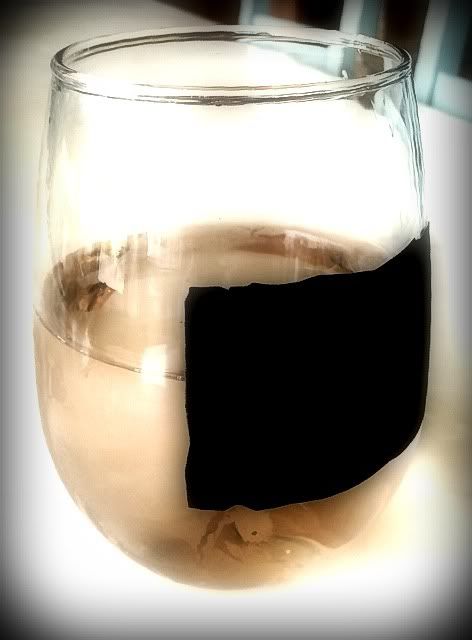




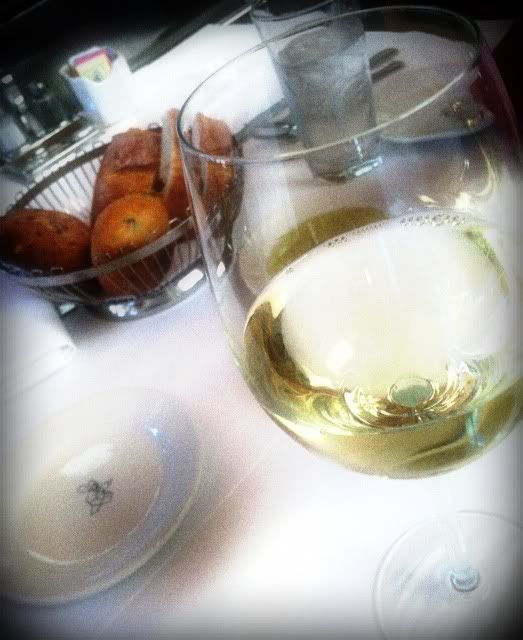

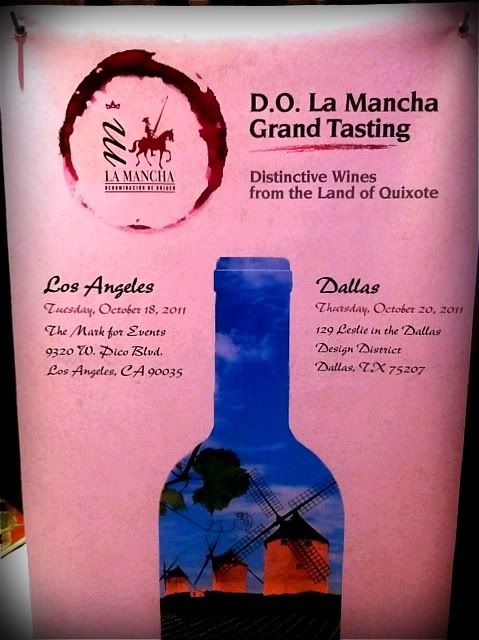
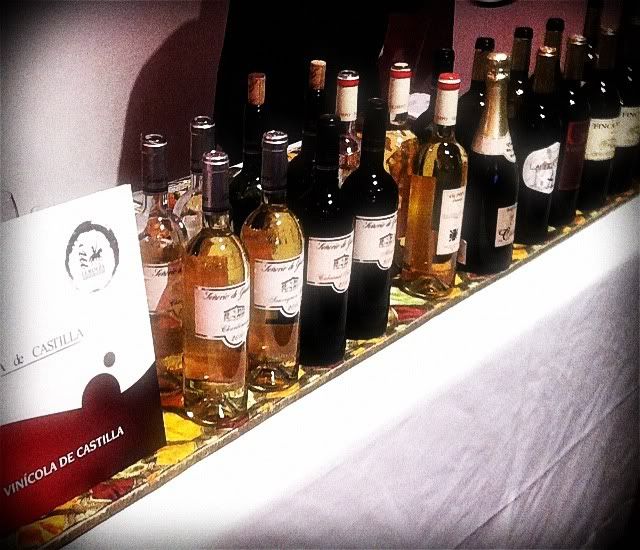 Bodegas La Remediadora
Bodegas La Remediadora
